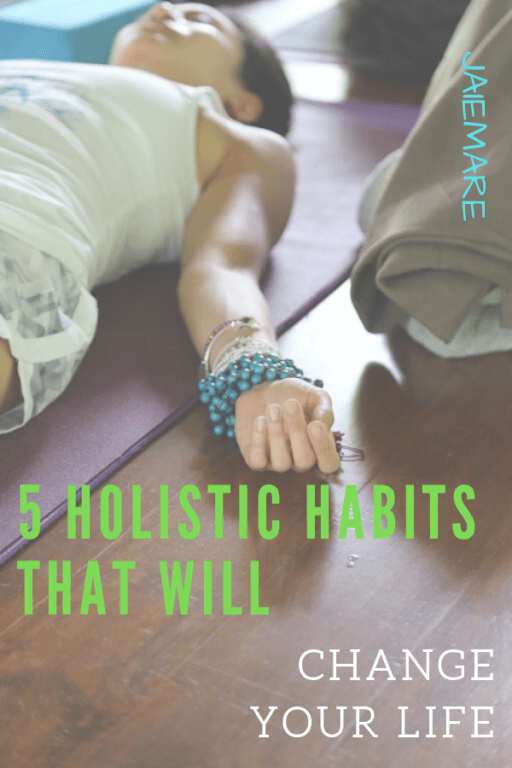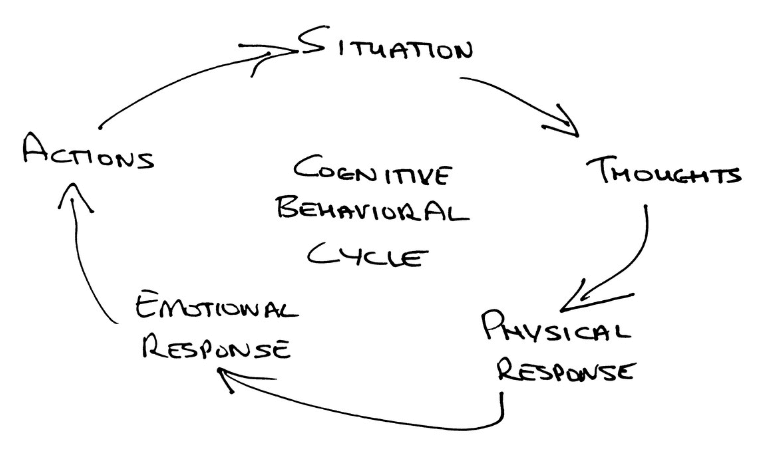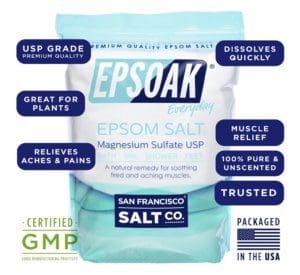SELF-CARE: 5 HOLISTIC HABITS THAT WILL CHANGE YOUR LIFE

Burning the candle at both ends can lead to an increased level of anxiety, burn out, and chronic illness.
It takes time to understand how thoughts and feelings contribute to anxiety, depression, and other mood disorders.
Practicing self-care is key to maintaining or improving physical, mental, and emotional health.
The following five holistic habits are easy to include in your routine, daily self-care checklist will change your life by improving your health and well-being and provide stress relief.
1. Acupuncture and Holistic Health
Acupuncture is an alternative treatment using an ancient natural approach to treat chronic pain and provide long-term relief. Acupuncture can help with the following conditions:
- Depression
- Headaches
- Insomnia
- Neck Pain
- Digestive Disorders
- Pain
- Fibromyalgia
- Back Pain
- Hormone Imbalances
- Foot Pain
- Chronic Migraines
- Lung Allergies
Community Acupuncture makes acupuncture accessible and affordable by creating a setting in which an acupuncturist sees multiple patients at one time versus one on one.
The place I go to has a sliding scale of $20-40. If you were to go to a private clinic, you could end up paying $60-75 per session.
If you have ever participated in a yoga session, you’re in a room full of people you may not know, but feel a sense of community there. To give you a better visual, check out the video below.
Community Acupuncture is a similar zen-like setting except there is a room of comfy lazy boy chairs where multiple patients receive treatments at the same time.
To find the nearest Community Acupuncture location near you, click here.
2. Yoga for Relaxation
Savasana or corpse pose is the last pose done at the end of a yoga session. It’s a relaxing way to end your practice.
The deep restoration relaxes the body, calms the mind, and can have you leaving a yoga class walking on cloud nine.
Sometimes you will get a yoga teacher that will take the class through a guided meditation to bring them in touch with the physical body.
Meditation and Body Awareness
Body scan meditation begins with bringing awareness to your breathing and body from the top of your head to the tip of your toes.
Acknowledging aches, pains, and tension in parts of the body, a person can become aware of emotional triggers contributing to discomfort.
I had been practicing yoga for many years. The recovery time between sessions started to become days if not weeks.
When I began to experience physical limitations and pain, I stopped my yoga practice.
Looking back, this wasn’t a good idea. I should have changed to a different style of yoga, but judged myself by how long I could be in a headstand.
When the pain was at it’s highest, doctors may recommend you go on medication.
I tried muscle relaxers, would almost fall asleep at my desk or at a meeting and then needed to take something else to stay awake.
The pain medication was a short-term solution. I was looking for a holistic long-term solution to manage pain.
3. Cognitive Behavioral Therapy
Just like how yoga influences well being, cognitive behavioral therapy (CBT) can help with rewiring the mind.
Cognitive-behavioral therapy helps patients understand how getting swept away in negative thoughts and feelings can affect behavior.
The way we think, how we handle stressful situations and it’s effects on personal and interpersonal relationships.

While I prefer to try holistic approaches first, I do not encourage anyone to forego medical treatments recommended by a primary care doctor.
Combining yoga, CBT with modern medicine can provide additional benefits in improving the quality of life versus doing one type of treatment and overtime reduce the number of prescribed medications taken.
CBT Coping Strategies
Sessions are short-term focusing on identifying patterns, developing self-awareness through journaling and incorporating coping strategies like mindfulness.
Seeing a situation from a different point of view can stop fearing the worst.
Focusing on acknowledging negative emotions when they arise instead of avoiding them is what it means to be mindful and controlling the narrative, your experience.
CBT was a simple reminder of the corpse pose that left me feeling euphoric and how I missed doing yoga. I now do an at-home practice a couple of times a week.
4. Cupping Therapy at Home
Instead of paying for cupping therapy sessions, a less expensive option is to practice cupping therapy at home.
Before attempting dry cupping at home, I recommend seeing a practitioner and doing 1-2 sessions to understand how the cups work.

There are plenty of cupping therapy videos on YouTube that explain how to administer the cups and what areas of the body to avoid.
I own two different sets of cups. One set for the body with an extender to get hard to reach areas on my back.
The second set is for the face. Face cupping is good for preventing sinus headaches. I use cupping therapy after working out to speed up the recovery process.
I purchased a cupping therapy instructional book, The Guide to Modern Cupping Therapy: Your Step by Step Source for Vaccum Therapy.
The book contains 56 pages with lots of photos and recommendations on which areas of the body to apply cups for.
Conditions range from shoulder and back tension, IBS, plantar fasciitis, and sinus congestion.
5. Epsom Salt Soak for Swelling and Sore Muscles

Taking an Epsom salt bath before applying the cups can help to relax your muscles after a workout.
Soaking your feet in Epsom salt is a good natural remedy for plantar fasciitis, sensations of pins and needles in the feet, reducing swelling, foot and heel pain.
You might start off taking a daily Epsom salt muscle soak. As you experience improvements, switch to a couple of times a week followed by spot treatments with magnesium oil.
Whichever option you choose, it’s good to have Epsom salt on hand.
The body constantly strives to maintain a healthy balance. When the body becomes unbalanced, signs and symptoms of illness or pain appear.
Incorporating one or all five holistic approaches to optimize and maintain physical, emotional, and mental health is the perfect supplement for the general sense of well being all of strive to achieve.
<script> __ATA.cmd.push(function() { __ATA.initDynamicSlot({ id: 'atatags-1608172891-673645a6016c7', location: 120, formFactor: '001', label: { text: 'Advertisements', }, creative: { reportAd: { text: 'Report this ad', }, privacySettings: { text: 'Privacy settings', onClick: function() { window.__tcfapi && window.__tcfapi('showUi'); }, } } }); }); </script>
Reply